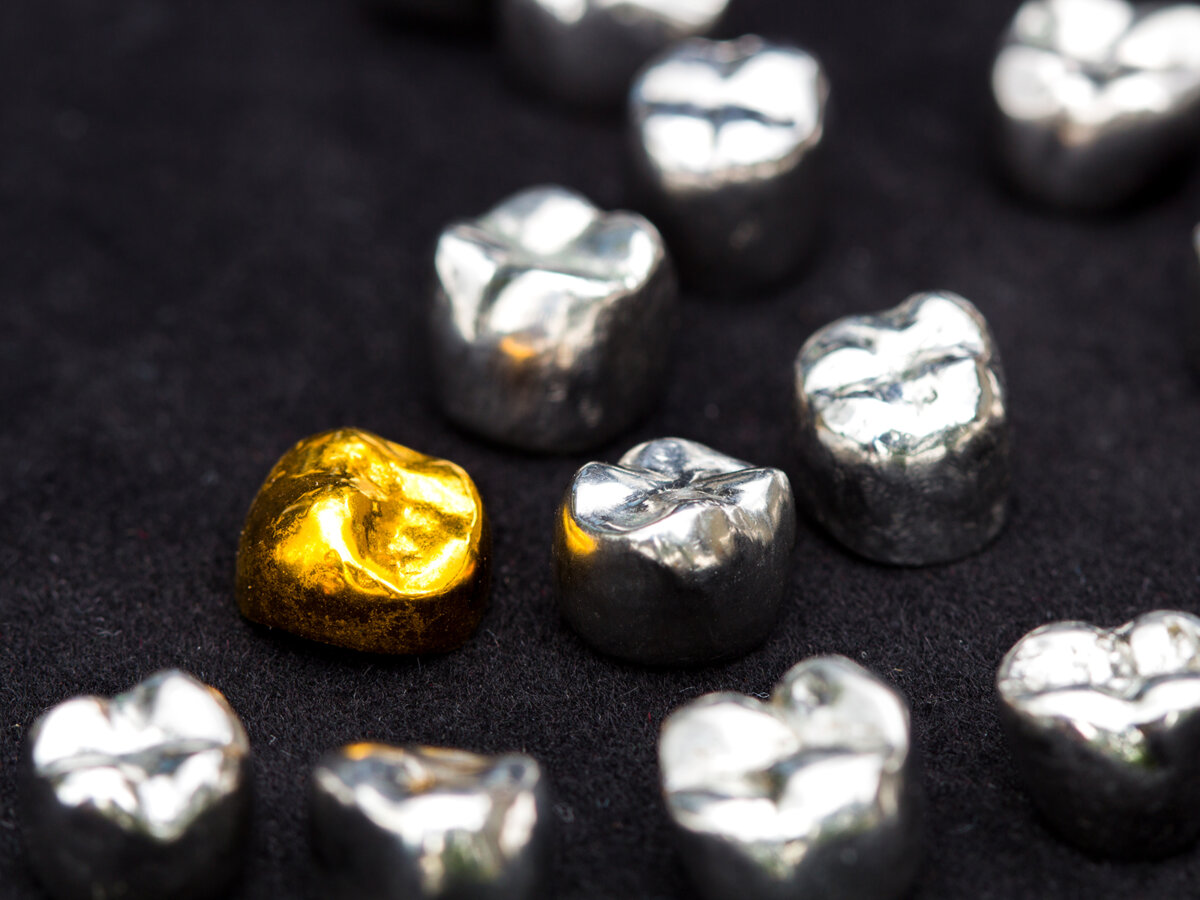Blog
Dental hygiene tips for healthy teeth & gums

How Dental Crowns Strengthen Damaged Teeth?
Dental crowns are placed on the top of chipped or decayed teeth. When fillings fail to fix the situation, crowns are utilized to preserve, cover, and restore the appearance of your teeth. Metals, porcelain, resin, and ceramics are all options for dental crowns. They usually don’t require any extra attention over time, except for maintaining proper dental hygiene. Dental crowns offer reliable and predictable treatment for teeth that have been chipped by injury, decay, or massive fillings. They also protect teeth that have been treated with root canal therapy.
A dental crown reinforces your tooth by covering its entire visible surface above the gum line, dispersing biting and chewing pressures over your entire grin. Your previously damaged tooth is significantly less likely to be further harmed by uniformly spreading the pressure and force of chewing.
When should you use a dental crown?
Crowns can be used for multiple purposes by your dentist, which includes:
- To support the tooth that has been damaged due to various fillings
- For completing root canal therapy
- To cover Natural teeth that support multi-tooth bridgework
- Strengthening and beautifying malformed teeth from birth
- A dental crown is used to shield a chipped or severely fractured tooth
How do these crowns strengthen the damaged teeth?
If you continue to eat while applying pressure to your broken tooth, the damage may worsen. Biting forces can cause a broken tooth to fracture or a vulnerable tooth to crack. It will not be possible to salvage your tooth if the fracture is significant and spreads into the root. When you put a crown over your tooth, it absorbs biting forces and distributes them throughout the crown’s surface, alleviating pressure on your tooth. You don’t have to worry about shattering a tooth when you eat because the crown is in place.
When does a dentist recommend these crowns?
- You’ve got a chipped tooth: The chance of a crack increases when you bite tough items or foods, have large fillings or grind or clench your teeth. A crown not only protects your tooth from cracking but also seals it, preventing bacteria from entering.
- Your tooth is delicate: Large fillings or root canal therapy might weaken teeth. Teeth can become weak as a result of normal aging or a genetic predisposition to brittleness.
- You’ve already damaged your tooth: Teeth that have been fractured rarely shatter cleanly. Your mouth and lips might be irritated or injured by rough edges. Chewing food may become more challenging without a crown if the fractured tooth is a premolar or molar.
- You’d like to hide a flaw:Crowns are also used by patients to hide flaws in their teeth, adjust their shape, and lengthen teeth that are too short.
How long can these dental crowns last?
Dental crowns typically endure between five to fifteen years. The time depends on the amount of wear and tear a crown is exposed to and how well you follow oral hygiene routines and personal mouth-related behaviors. The following are examples of mouth-related habits:
- You’re clenching or grinding your teeth.
- Chewing of ice
- Biting your fingernails is a bad habit.
- Opening packages with your teeth.
Book an Appointment to find out which treatment might be best for you.


